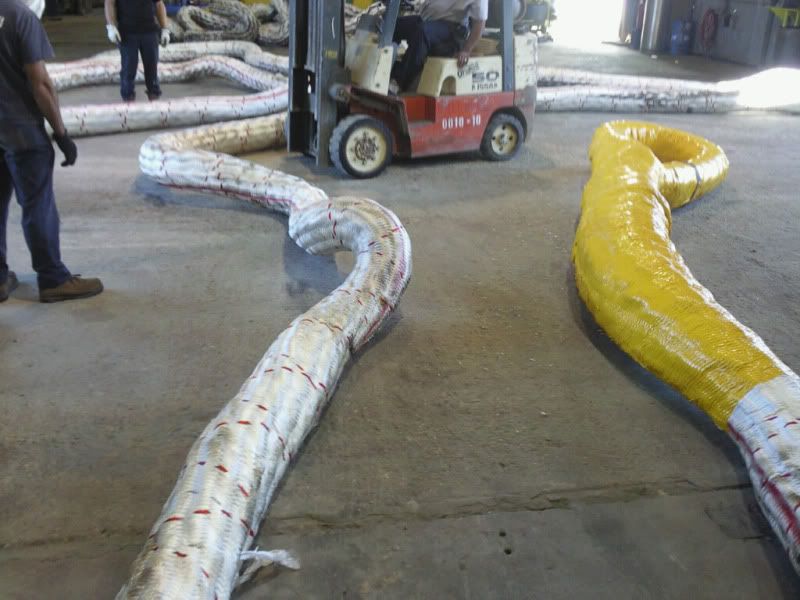rwoods
Member
- 258
- 4
- 18
- Location
- Greeneville/TN
Sorry, I can't find the picture I used to have showing a clevis with the strap still attached sticking through the head portion of a high rise bucket seat of a Jeep. Ron
Steel Soldiers now has a few new forums, read more about it at: New Munitions Forums!


It certainly happens. A guy here in MI died a year or two back at a bog, I don't remember if it was a clevis or trailer ball that came loose and killed him.this post looks like it has some good potential for some darwin awards, anybody have any carnage pics/ vid's from improper recovery methods? (no fatality stuff please) mabye some damaged trucks? broken chains? bent stuff?????
Just to clarify, are you saying that you take the chain and run it through a tire so if the chain snaps the tire will stop or slow down the snapping force?If you are using chain is should be suited to the application. You do not get a chain rated for 16,000lb breaking strength and use it to move 16,000 lbs. You should select the chain grade and size depending on the working load limit.
Grade 43 5/8 chain has a 13,000lb WLL.
5/8 grade 70 has a 15,800lb WLL.
5/8 Grade 80 has a 18,100lb WLL.
1/2 grade 100 has a 15,000 WLL.
I have used straps and chains as well. I perfer the method mentioned earlier of putting a tire in between the chains. I've been using a motorcycle tire between two chain for fullsize trucks and it has been the best method by far for snatching. CHains don't store kinetic energy like straps so there is much less force when a chain breaks. I'd prefer properly rated chain and a tire over straps. You don't have to worry about the chains rotting, UV rays, getting cut, etc.
No, there is a chain from one vehicle that the end is hooked around the tire. Another chain from the other vehicle gets hooked around the other side of the tire. The tire acts like a rubber band.Just to clarify, are you saying that you take the chain and run it through a tire so if the chain snaps the tire will stop or slow down the snapping force?
Exactly!...................................................................
And to prevent anything with a hook from flying up into the air, point the open end of the hook facing the sky so if it slips off it will going towards the ground.
No, there is a chain from one vehicle that the end is hooked around the tire. Another chain from the other vehicle gets hooked around the other side of the tire. The tire acts like a rubber band.
And to prevent anything with a hook from flying up into the air, point the open end of the hook facing the sky so if it slips off it will going towards the ground.
If you use the wrong tire, it will. When I pulled out the dozer (as mentioned above), we used an old tire from the dump truck as our "link". For vehicles, I typically use a 16" steel belted radial tire unless the only thing handy is a 15".Wow I would of figured the tire would just tire apart. Very interesting.
We get it, advertisements are annoying!
Sure, ad-blocking software does a great job at blocking ads, but it also blocks useful features of our website like our supporting vendors. Their ads help keep Steel Soldiers going. Please consider disabling your ad blockers for the site. Thanks!

